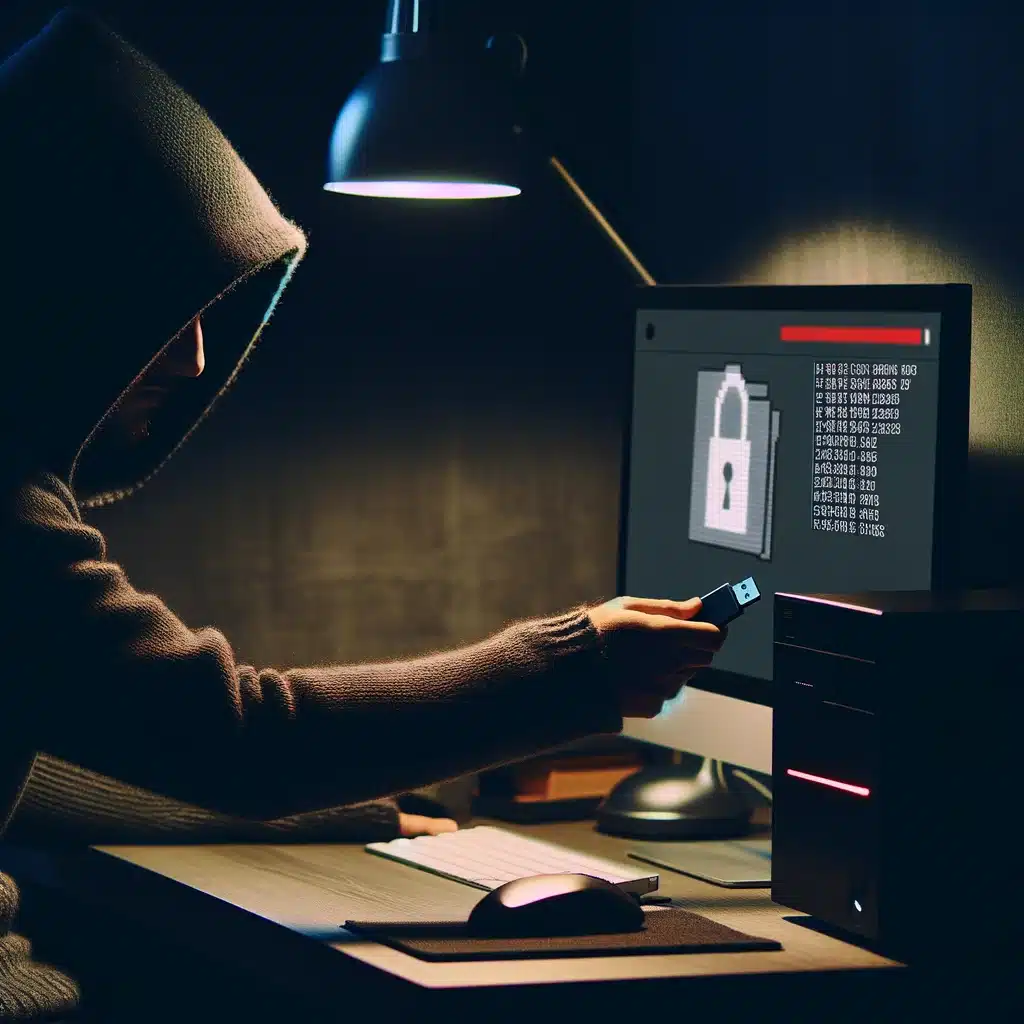Navigating Trade Secrets Theft through Digital Forensic Expertise

In the world of corporate litigation, the case of Tort Experts LLC v. Durham, filed under case number 1:24-cv-00585 in the U.S. District Court for the District of Colorado, emerges as a battle over the sanctity of trade secrets in the digital age. As a computer forensics experts, we find this case particularly intriguing, not only for its legal implications but for the digital forensics challenges it presents. This blog post aims to dissect the complexities of trade secrets theft litigation, offering insights into the forensic methodologies that play a crucial role in such legal battles.
Trade Secrets in the Digital Age
The Legal Framework of Trade Secrets
At the heart of this case is the allegation that a former senior executive of Tort Experts LLC shared proprietary information with competitors. This scenario brings the Defend Trade Secrets Act (DTSA) into sharp focus, underlining the legal boundaries that define and protect trade secrets. The DTSA provides a federal legal framework for the protection of trade secrets, which includes information ranging from formulas, practices, processes, designs, instruments, patterns, or compilations of information.
Employment Agreements vs. Proprietary Knowledge
The intersection of employment agreements and the protection of proprietary knowledge is a critical aspect of this case. In the digital realm, where data can be transferred in seconds, understanding the nuances of how employment contracts address confidentiality and the handling of trade secrets is paramount. This understanding aids in framing the legal arguments and strategies in trade secrets litigation.
Digital Forensics: Unveiling the Digital Truth
Forensic Examination of Screenshots and Digital Artifacts
Allegations of sharing screenshots of proprietary information highlight the need for meticulous digital forensic examination. Forensic experts employ a variety of techniques to image and analyze digital devices, including computers and smartphones. Imaging a device involves creating an exact bit-for-bit copy of the storage media, allowing examiners to preserve the evidence in its original state while they scrutinize the data.
Analyzing digital artifacts involves tracing the origins, authenticity, and the path of the alleged data exfiltration. This can include examining file creation, modification times, and access logs. Forensic tools can often uncover whether files were sent to personal email accounts, uploaded to cloud-sharing platforms, or transferred to external storage devices like USB thumb drives.
The Challenge of Personal Smartphones
A significant complication in collecting relevant evidence arises from the use of personal smartphones. These devices can bypass corporate security policies and are often used to take pictures of sensitive information displayed on computer screens. This method of data exfiltration poses unique challenges for forensic collection and analysis, as it requires correlating evidence from both corporate systems and personal devices.
Strategies and Insights for Protecting Trade Secrets

Integrating Forensic Expertise into Legal Strategies
The role of a forensic expert is not just to analyze data but to contribute to building a comprehensive legal strategy. This involves interpreting the forensic data in the context of the legal framework governing trade secrets and advising on the strengths and weaknesses of the evidence from a technical standpoint.
Proactive Measures for Trade Secrets Protection
Looking forward, it’s clear that organizations must adopt proactive measures to safeguard their digital assets. This includes implementing robust data access and monitoring policies, regular forensic readiness assessments, and employee training focused on the importance of protecting proprietary information.
Conclusion: The Forensic Frontier in Trade Secrets Litigation
The case of Tort Experts LLC v. Durham underscores the critical role of digital forensics in the realm of trade secrets litigation. As we navigate through the intricacies of such legal battles, it becomes evident that the synergy between legal acumen and forensic expertise is indispensable. For corporations and legal professionals alike, the case serves as a reminder of the vulnerabilities inherent in the digital age and the paramount importance of vigilance, forensic readiness, and proactive security measures to safeguard the intangible assets that drive competitive advantage.




